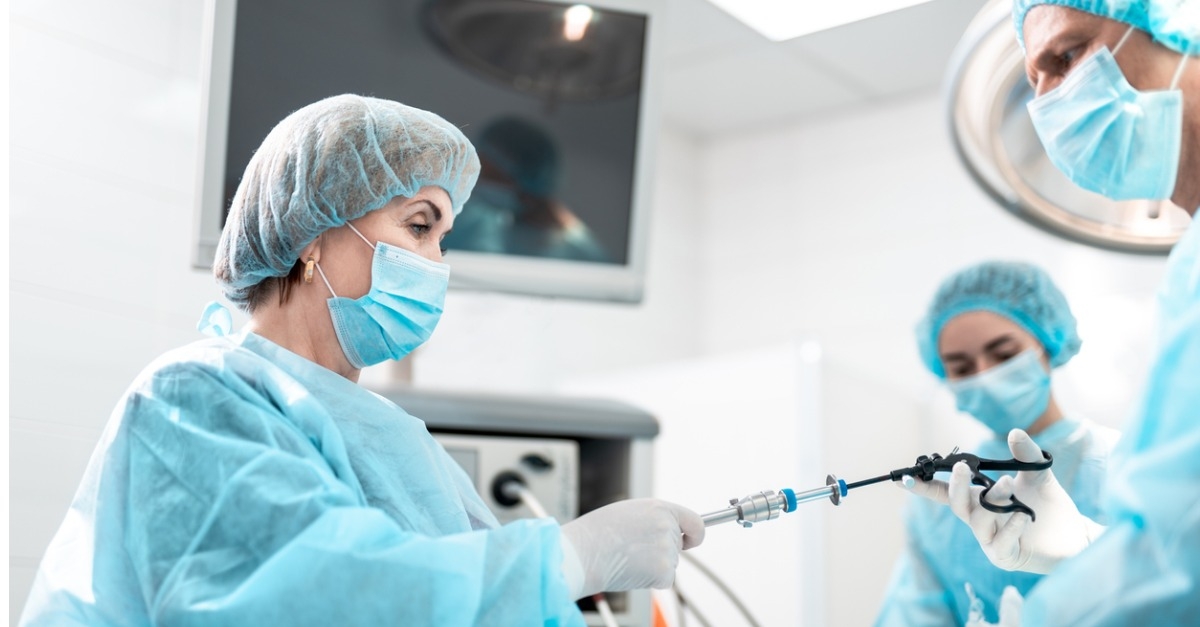A Deep Dive into Laparoscopic Surgery
Laparoscopic surgery is a procedure that uses a small, lighted camera known as a laparoscope to give surgeons access to the abdominal or pelvic area. The procedure is also known as keyhole surgery, due to the size of the incisions made: typically, these cuts are no more than a half-inch in length. As a form of minimally invasive surgery, this approach has several benefits for patients and can be used for a range of diagnostic applications and treatments.
What Types of Procedures Can Be Done Laparoscopically?
A laparoscopy is an important tool for a variety of specialists, including gynecologists, as it allows doctors to diagnose and treat conditions within your reproductive system.
While blood work and imaging services can reveal many insights into a potential reproductive condition, images retrieved by a laparoscope provide doctors with a much more detailed look into the affected area.
Laparoscopy can also be used to treat specific conditions. Some examples of gynecological laparoscopic surgeries include:
- Removal of fibroids in or around the uterus, or cysts that may develop on the ovaries
- Treatment of endometriosis — a condition of abnormal tissue growth outside the uterus
- Hysterectomy (removal of the uterus, conducted to treat abnormal bleeding, cancer, and other conditions)
- Tubal ligation to prevent pregnancy
- Treatment of pelvic prolapse
- Treatment of incontinence
What Are the Benefits of Laparoscopic Surgery?
Laparoscopic procedures have several benefits over traditional surgeries. In general, patients experience:
- Smaller external scars and less internal scarring
- Reduced pain and quicker healing
- Quicker return to normal activities
- Shorter hospital stays
What Can You Expect From Laparoscopic Surgery?
Laparoscopic surgeries are typically performed under general anesthesia, in which the patient is unconscious and experiences no pain. The anesthetic medication can either be inhaled through a mask or delivered intravenously.
Once you’re unconscious, the surgeon will make a small incision — usually through the belly button. The laparoscope is then inserted through this space. If any other surgical instruments are required to perform the procedure, these will be inserted through other separate, small incisions also made in the abdomen. (One common example of this is a gas inserted via tube, which provides the surgeon with ample space within which to work and view the area.)
After performing the necessary procedure, any gas used will be released, and the minor incisions will be closed up with Steri-strips to aid with healing. You’ll then be transferred to a recovery area, where you may stay for about an hour, for recuperation and monitoring. Since the anesthesia can cause drowsiness, you should avoid driving for 24 hours following the procedure. Make sure to have a friend or family member to get you home.
While recovery may depend on the exact nature of the procedure, most patients can remove their Steri-strips two to three days after surgery. (Be sure to follow your doctor’s instructions on this.) You’ll likely be able to return to work three days after the procedure.
It’s possible you may experience some discomfort in the neck, chest, and shoulder areas, caused by the gas. Moving around, taking a warm shower, and using a heating pad can help relieve this symptom. If you experience nausea, consider eating something light — such as soup and crackers —in the evening after the procedure.
If you think you might be a good candidate for laparoscopic surgery, or want to discuss the process further, turn to Avant Gynecology. Find out more about our hospital procedures by reaching out to the experts at Avant Gynecology or giving us a call at (404) 352-2850 to schedule an appointment.



